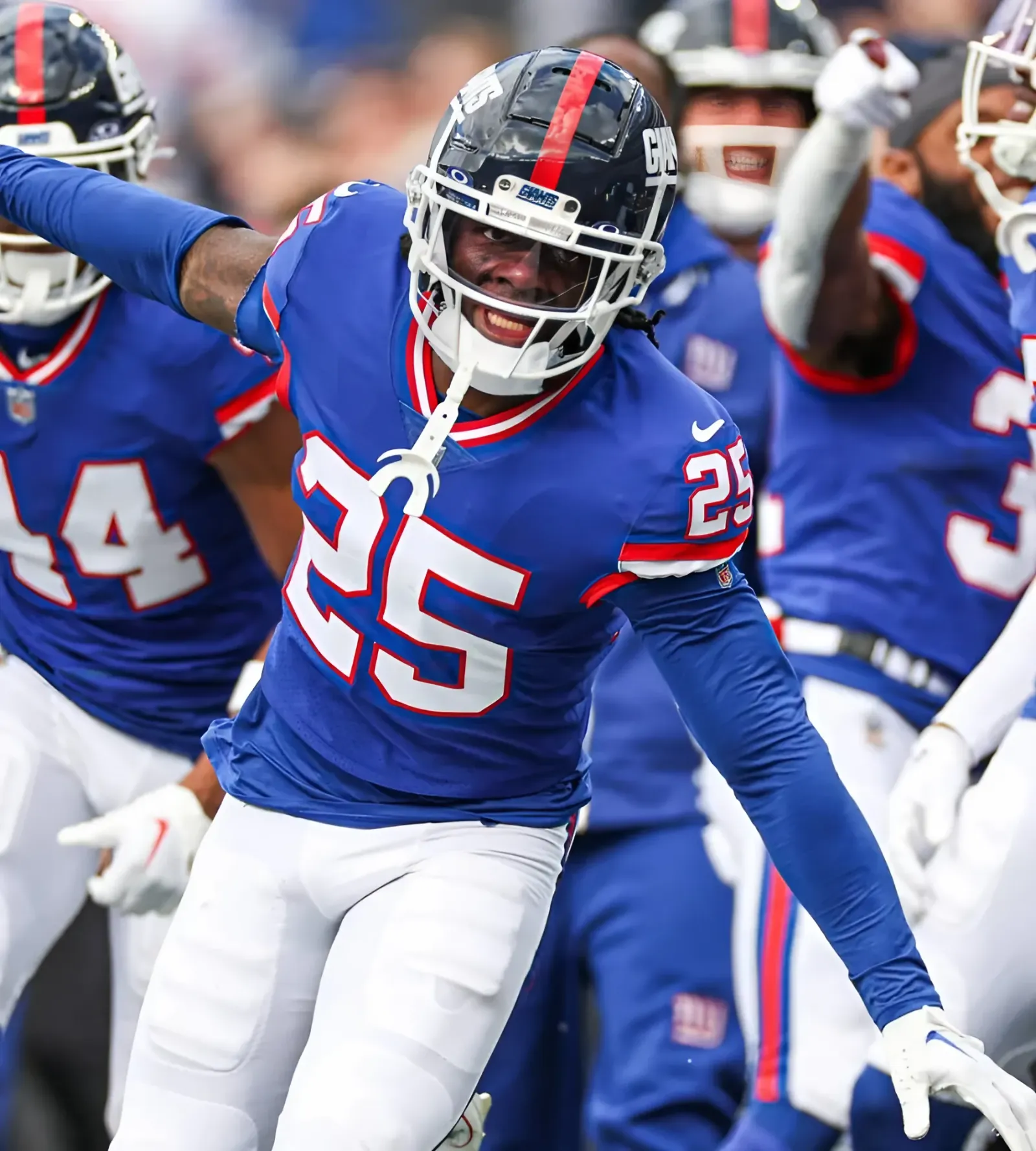The Vancouver Canucks exemplified the high-risk, high-reward nature of going all-in at the trade deadline. Despite significant losses, management deemed the move necessary to capitalize on their strong performance throughout the season.

The Canucks traded away a first, third, fourth, and fifth-round pick, along with Andrei Kuzmenko, Bryce Brzustewicz, and Juuso Juormo. Coming back, they acquired Nikita Zadorov and Elias Lindholm. While this aggressive strategy aimed to solidify their playoff push, it ultimately did not yield the long-term benefits the team had hoped for.
Why the Canucks Had to Make the Moves at Trade Deadline
At the trade deadline, the Canucks were riding high with excellent goaltending and a top-performing power play. The management hoped to make bold moves that pushed the team over the edge. They decided to bolster the roster with Zadorov and Lindholm to sustain this momentum and make a deep playoff run. Despite knowing the risks, they felt this was a crucial step to meet fans’ expectations for immediate results.
The immediate impact of the trades was mixed. As a result, the Canucks’ future became uncertain as the postseason wound down. However, the coaching staff worked diligently to maximize the potential of these new acquisitions, hoping to justify the high cost of the trade.
In contrast, the Calgary Flames benefited significantly from this trade, acquiring valuable draft picks and promising young players. This move strengthened their prospects, showing the strategic prowess of the Flames’ management in capitalizing on the Canucks’ urgent need for short-term success.
Should There Be Lessons Learned from the Canucks’ Experience?
The Canucks-Flames trades serve as a reminder of the delicate balance between short-term gains and long-term planning. The Canucks’ aggressive strategy highlights the risks of overcommitting to immediate success at the expense of future stability, while the Flames’ approach emphasizes the potential benefits of strategic asset accumulation.
The Canucks’ gamble did not pay off as expected. Instead, it underscores the pressures and risks associated with trade deadline decisions. This scenario serves as a warning for teams, emphasizing balancing immediate ambitions with long-term sustainability.
Maybe there are no lessons to be learned from this venture. However, perhaps it’s just an aspect of managing a team in a market that cares about the team’s immediate success. That said, some things don’t turn out as expected. In that situation, one team wins, and the other team loses. That’s how equity is achieved in the NHL.



